Blitz
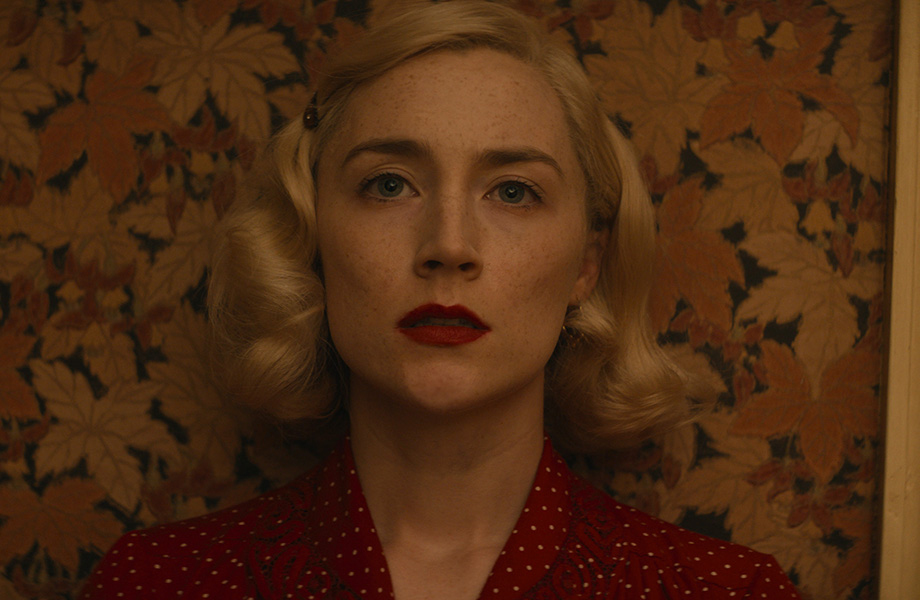
The opening frames of Steve McQueen’s Blitz situate us in the midst of all the horror and chaos of Hitler’s lightning war – his blitzkrieg – on Britain in 1940-41. Bombs rain down on the densely populated streets of London’s East End, while firefighters and air raid patrol (ARP) wardens rush to counter the raging flames, dragging bodies, alive or dead, from the rubble. In a confusion of close-up shots – orders being shouted, men in uniform running and gesturing, a firefighter grappling with a firehose that dances violently out of control – McQueen captures the randomness and intractability of the German attack, as well as the apparent futility of England’s defence. It is thrilling cinema, but there is little in the remaining two hours of Blitz that matches the promise of those first few minutes.
Continue reading for only $10 per month. Subscribe and gain full access to Australian Book Review. Already a subscriber? Sign in. If you need assistance, feel free to contact us.

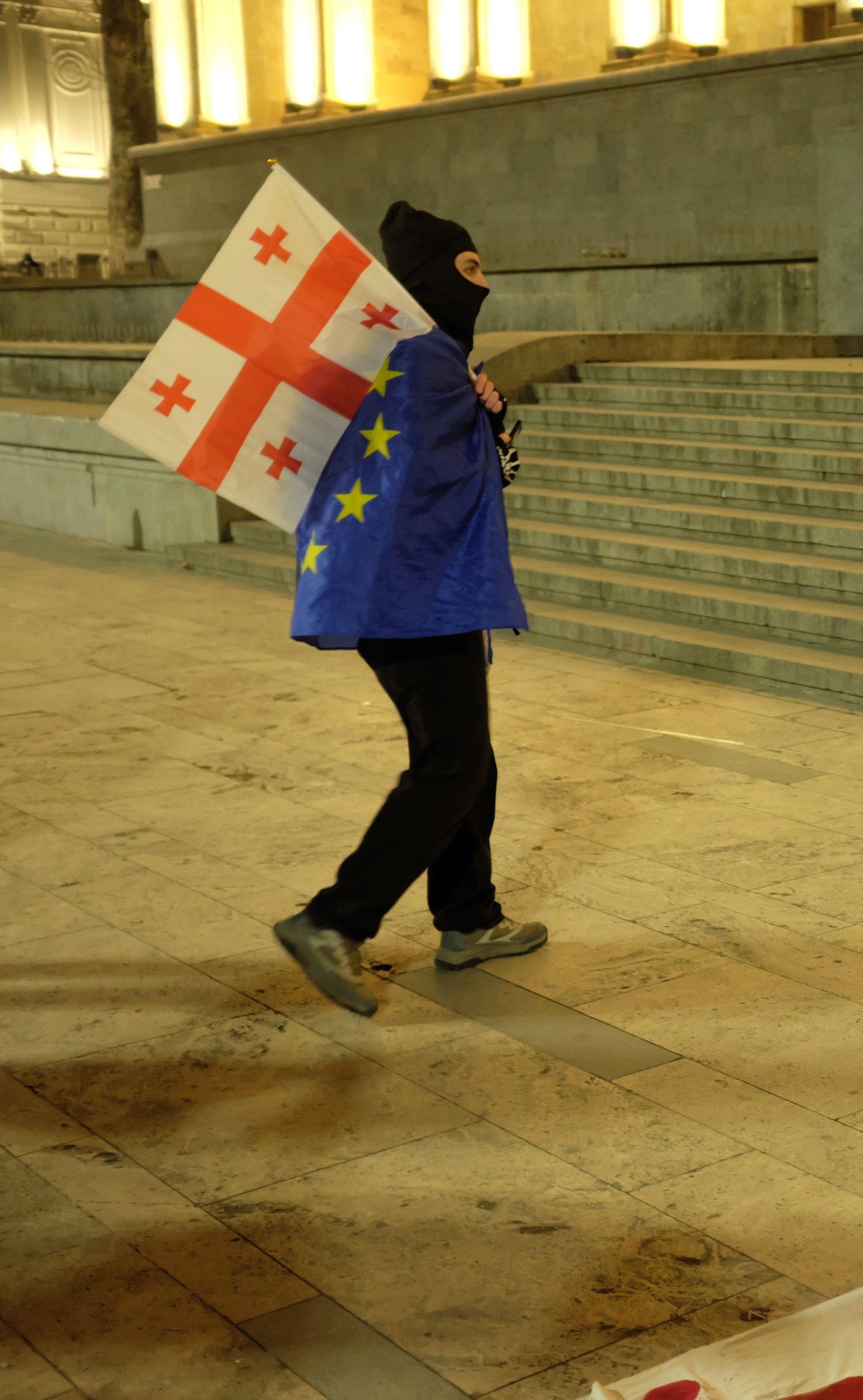
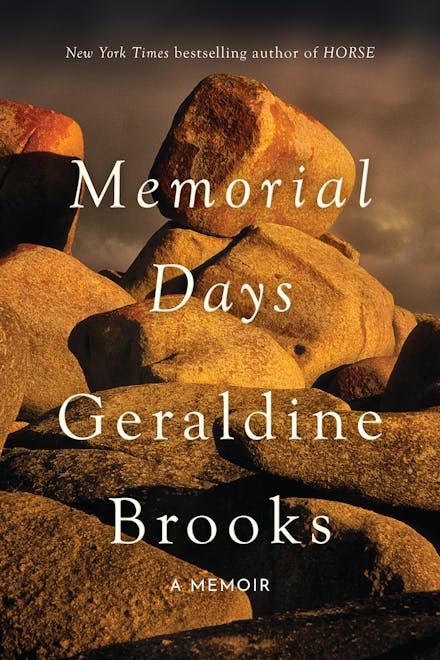

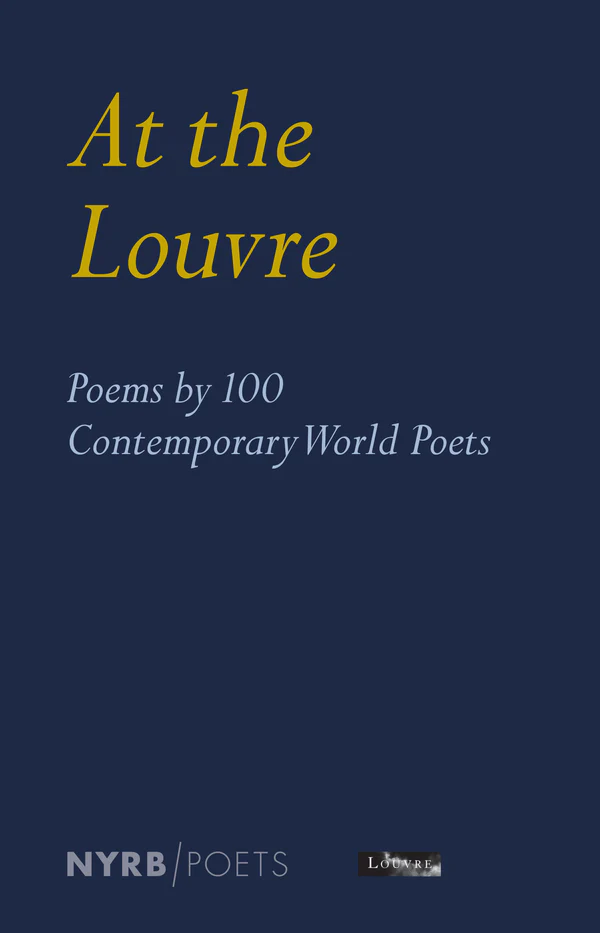

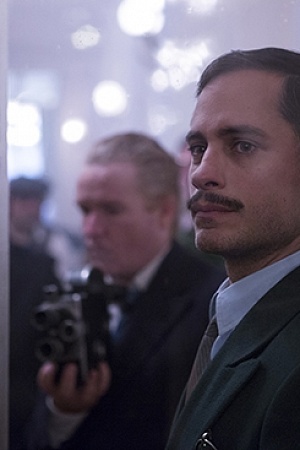
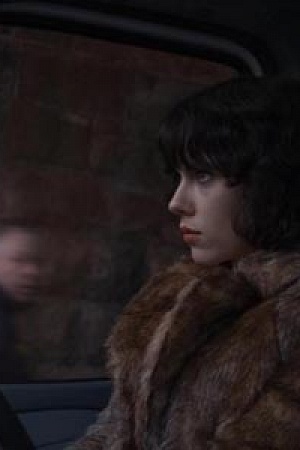

Comments (2)